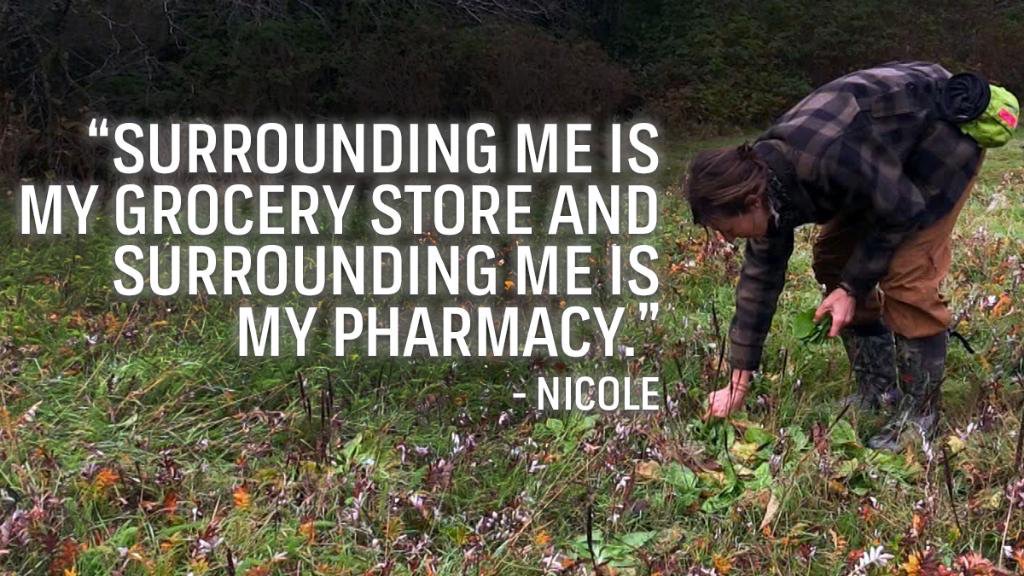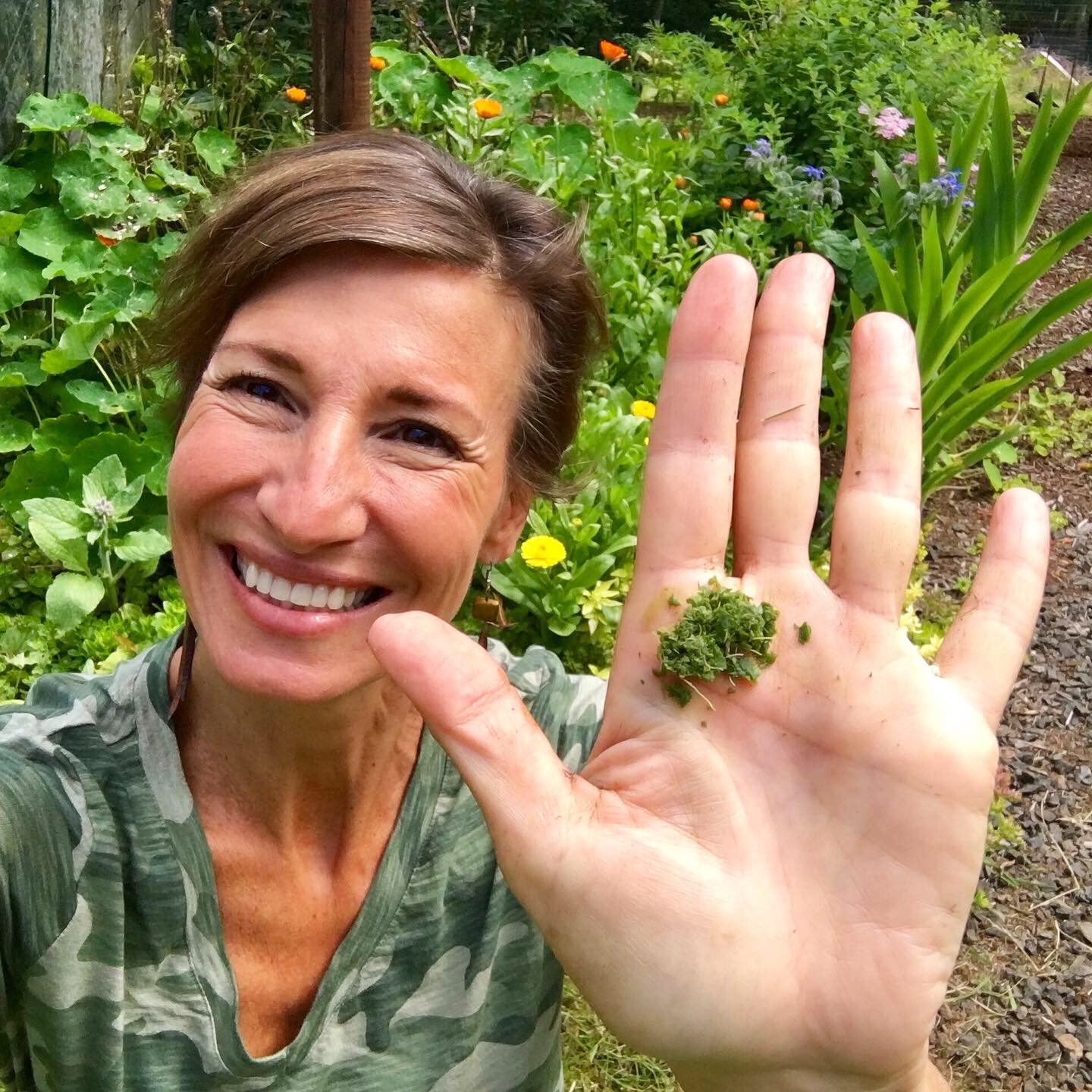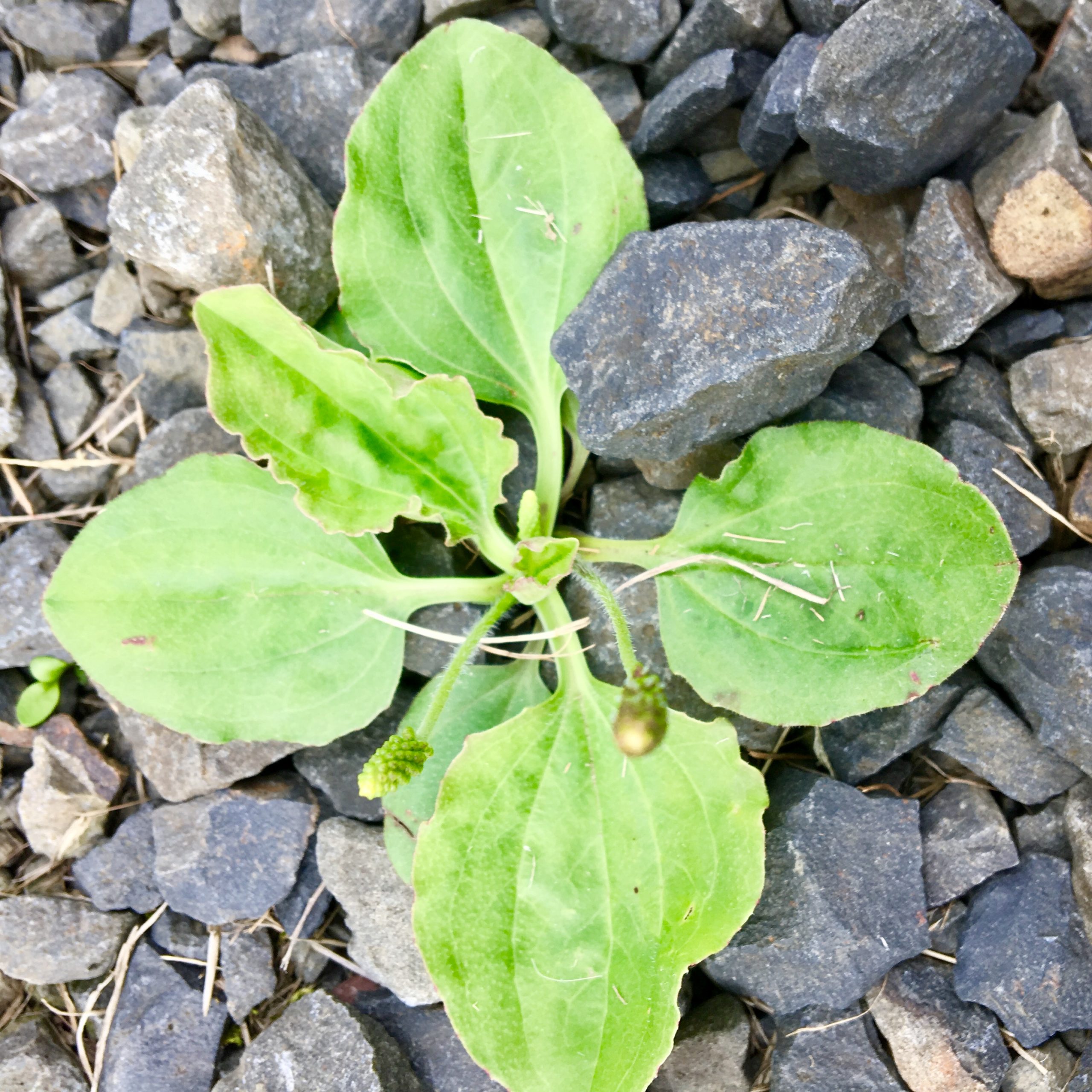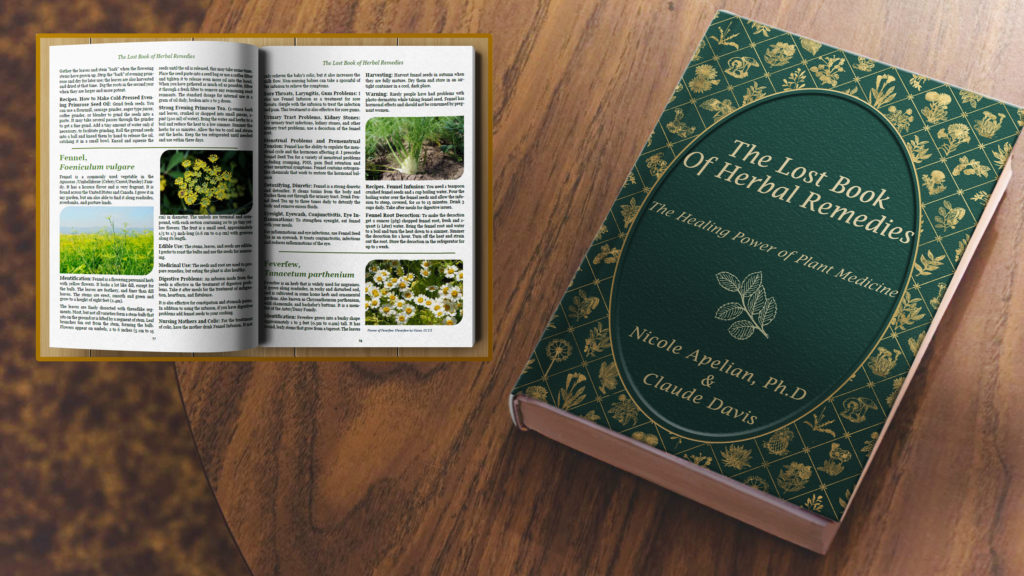Plantain: Edible & Medicinal Uses
I use plantain for stings, bites, rashes, splinters and more. It’s a great “drawing” plant as it draws things out of you (like venom). It’s also an ingredient in my all-purpose salve for this very reason. It’s a good one to teach your kids too! Mine know to grab a plantain leaf if they get a sting or bite.
Plantago major, or Broadleaf Plantain, is often called a weed (note this plantain is not the banana-like fruit called plantain), but it is one of my #1 go-to plants. It is found growing wild along pathways and in many backyards.
Basic Identification: P. major’s oval leaves have a ruffled texture and a chunky footstalk. The leaves grow in a rosette and each leaf has five to nine parallel elastic veins, which are diagnostic for this plant. When you break a fresh leaf in half and pull, these elastic-like veins can easily be seen. Leaves are usually 2 to 6 inches long with a wavy or smooth margin. Its tiny greenish-white flowers are often eclipsed by the greenish-brown sepals and bracts, which grow on densely packed stems to a usual height of 6 to 12 inches. These flowering stalks rise high above the foliage. The plants produce many small seeds. Plantago lanceolata, Narrowleaf Plantain, can be used like P. major.
Edible Uses: The leaves and seeds are edible raw or cooked. I prefer young leaves in salads and I especially love to strip the seeds from their stalk and pop them in my mouth. The leaves become tough and fibrous as they age, but they can be used in soups and stews, and I ate them often while living solo on Vancouver Island when self-filming the TV show “Alone” on the History Channel. I also like to grind the seeds into flour. It takes time, but I think it’s worth it. It was a great source of food for me on a recent month-long Stone Age Survival Project in the wilds of Bulgaria.
Medicinal Uses: Plantain has many medicinal qualities. See my most common uses below.

Nicole collecting plantain for food and medicine on Vancouver Island on the TV series “Alone” on the History Channel.
Here are my 5 most common uses for Plantain:
- Insect Bites, Stings, Rashes, Wounds, & Sores: A poultice* made from crushed plantain leaves is a good choice to promote healing in minor wounds and sores, and it’s my #1 go to for insect bites or stings. It will ward off infection, help stop bleeding, reduce inflammation, and draw out the venom, taking away the sting or itch. A spit poultice (chew and apply!) is easily made when you are bitten. Plantain’s drawing effect can remove venom or a stinger. My kids know that if they get bitten or stung to chew some plantain and apply it for almost immediate relief. If a wound is infected, I combine plantain with an herb with more antibiotic action such as yarrow.
- Snake Bite: For snakebite, herbalists use plantain both internally and externally. Apply a poultice* of fresh plantain leaves directly to the bite to draw out the venom and take 2 tablespoons of freshly pressed plantain juice or 1 teaspoon of Plantain Tincture. A tincture can also be used as a poultice if fresh leaves are not readily available. For snakebite, much depends on the kind of snake and the quick administration of remedies. As always, seek medical help.
- Plantain for Autoimmune Diseases, Leaky Gut, and Ulcerative Colitis: For autoimmune conditions and other chronic diseases, try drinking Plantain Tea twice daily or take it in tincture form (note that the benefits build up over time). Just like Plantain works on your skin it also provides healing inside your gut. For Leaky Gut eat fresh leaves and drink it juiced or as a tea daily. A tincture is also effective but supplementing with fresh plantain or tea helps the plantain reach the gut lining for direct healing. It is beneficial for calming inflammation of the mucous membranes, including the membranes of the respiratory tract, digestive tract, and urinary tract. I use it as one of six herbs in my Balanced Gut Tincture, which can also be found in my Warrior Bundle.
- Toothache: Direct application of plantain on a toothache or dental infection is effective in relieving swelling, infection, and pain. I like to combine it with the application of clove oil. Both can be soaked on cotton and packed into the infected area. Dried leaves can be used if fresh leaves are not available.
- Constipation, Intestinal Worms and Inflammatory Bowel Disease: Plantain seeds are excellent at relieving constipation and intestinal worms because of its fiber and mucilage. To relieve constipation, try drinking a string Plantain Seed Tea at bedtime. Be sure to consume the liquid and seeds.
*How to make a poultice?
Simply crush, chew, or bruise fresh plantain leaves and apply them directly to the affected skin. Cover the leaves with a gauze wrapping to hold it in place for more severe bites or stings. Change the poultice as needed.
Do you DIY?
Are you interested in making your own herbal remedies at home and learning about the many plants, lichens, and mushrooms you can find out your own back door? If so please pick up a copy of my book: “The Lost Book Of Herbal Remedies: The Healing Power of Plant Medicine” today!






